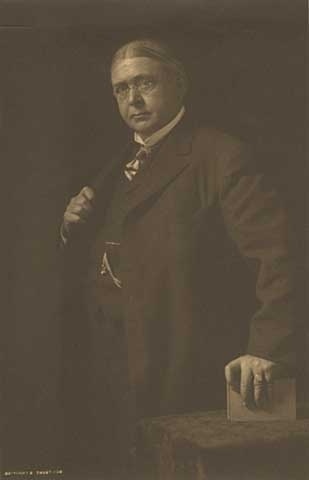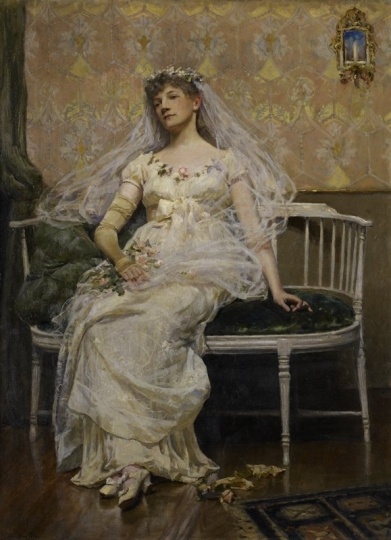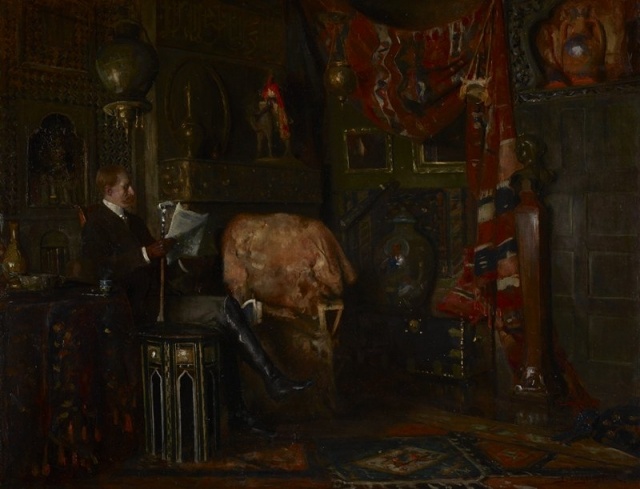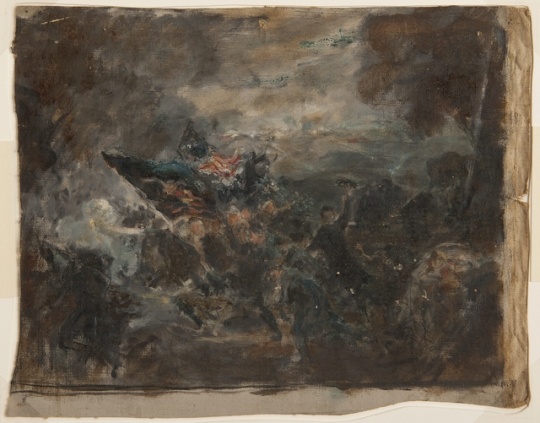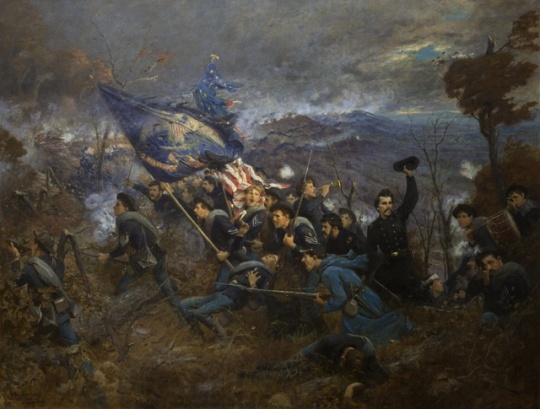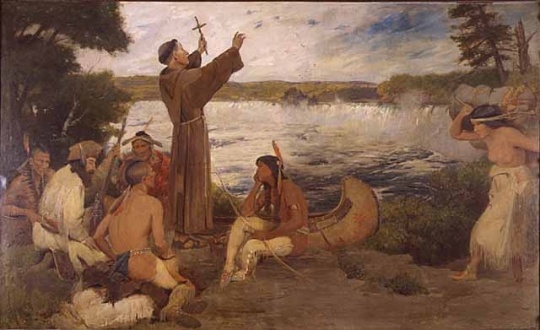Volk, Douglas (1856–1935)
Bibliography
Conforti, Michael. Minnesota 1900: Art and Life on the Upper Mississippi, 1890–1915. Newark, Delaware: University of Delaware Press, 1994.
Coen, Rena Neumann. Painting and Sculpture in Minnesota, 1820–1914. Minneapolis: University of Minnesota Press, 1976.
Minneapolis Institute of Art. “Portrait of John Scott Bradstreet.”
http://collections.artsmia.org/art/10534/portrait-of-john-scott-bradstreet-douglas-volk
Minneapolis Institute of Art. “After the Reception.”
http://collections.artsmia.org/art/263/after-the-reception-douglas-volk
Stephen A. Douglas Volk and Leonard Wells Volk Papers, 1845–1960, bulk 1845–1892
Archives of American Art, Smithsonian Institution, Washington, D.C.
Description: Biographical material, correspondence, writings, photographs, lectures, speeches, financial material, works of art, and printed material concerning (Stephen A.) Douglas Volk and his father, Leonard Wells Volk. A small amount of material concerns other family members Wendell, Marion, and Lawrence Volk.
http://www.aaa.si.edu/collections/stephen-douglas-volk-and-leonard-wells-volk-papers-9669
Chronology
1856
1870
1873
1875
1876
1879
1886
1889
1893
1893
1903
1904
1910
1935
Bibliography
Conforti, Michael. Minnesota 1900: Art and Life on the Upper Mississippi, 1890–1915. Newark, Delaware: University of Delaware Press, 1994.
Coen, Rena Neumann. Painting and Sculpture in Minnesota, 1820–1914. Minneapolis: University of Minnesota Press, 1976.
Minneapolis Institute of Art. “Portrait of John Scott Bradstreet.”
http://collections.artsmia.org/art/10534/portrait-of-john-scott-bradstreet-douglas-volk
Minneapolis Institute of Art. “After the Reception.”
http://collections.artsmia.org/art/263/after-the-reception-douglas-volk
Stephen A. Douglas Volk and Leonard Wells Volk Papers, 1845–1960, bulk 1845–1892
Archives of American Art, Smithsonian Institution, Washington, D.C.
Description: Biographical material, correspondence, writings, photographs, lectures, speeches, financial material, works of art, and printed material concerning (Stephen A.) Douglas Volk and his father, Leonard Wells Volk. A small amount of material concerns other family members Wendell, Marion, and Lawrence Volk.
http://www.aaa.si.edu/collections/stephen-douglas-volk-and-leonard-wells-volk-papers-9669








